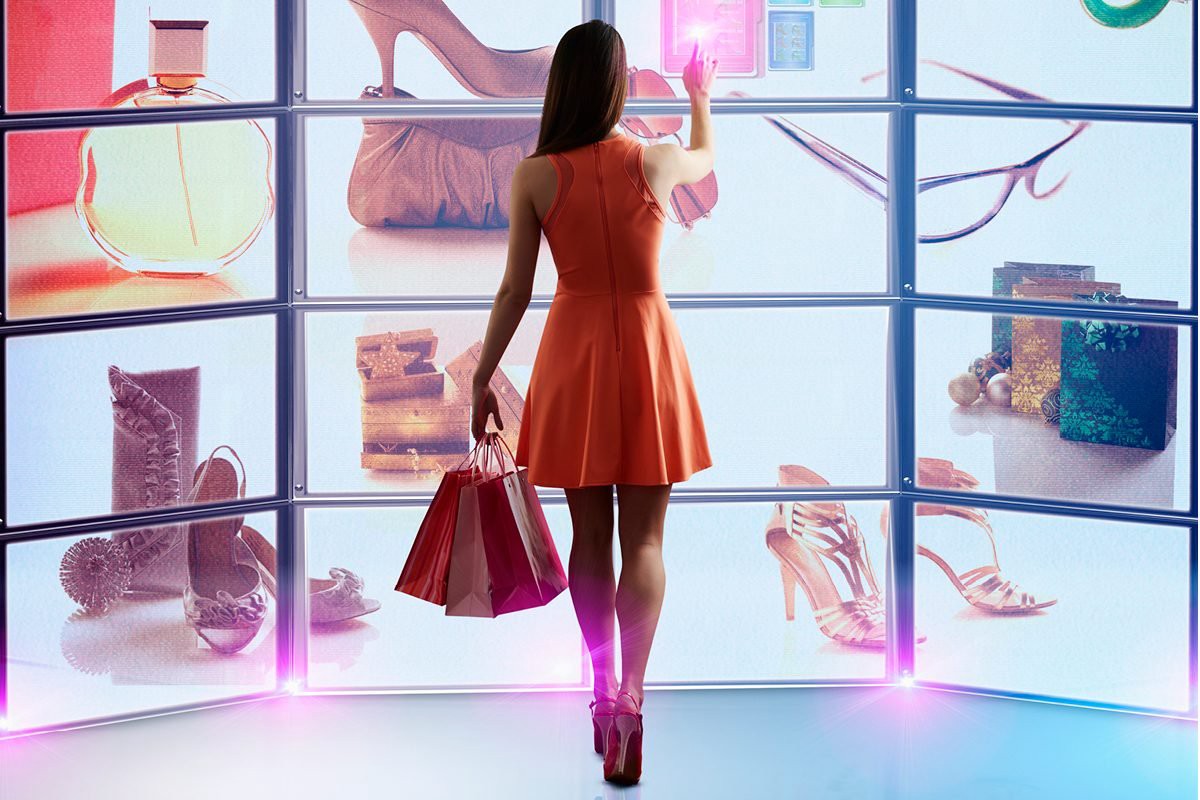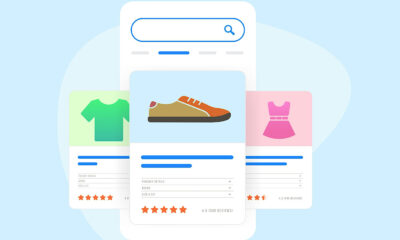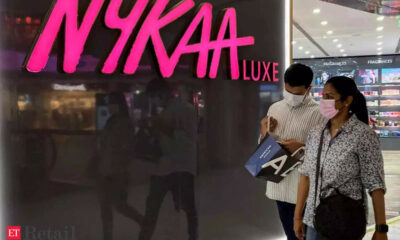TECHNOLOGY
How Fashion Retailers Can Benefit from AI in 2022

Artificial intelligence (AI) has already begun to revolutionize the fashion industry.
Read this article to find out what fashion professionals can expect from AI in 2022.
Zara, H&M, Dior, Macy’s, and Nike are just a few examples of well-known fashion brands that use AI in their business models. This technology enables companies to attract more customers, cut down expenses, get additional competitive edges, and boost revenues. In this article, you’ll find examples of exactly how fashion brands can benefit from AI. All these cases will be industry-specific and not generic, such as employing chatbots or opening cashless stores.
AI-Generated Product Photos

Fashion is one of the most wasteful industries on a global scale. Every year, it generates roughly 92 million tons of textile waste. More and more businesses are opening their own second-hand marketplaces. Consumers are increasingly turning to companies that produce sustainable clothing collections. Nevertheless, unsold items remain a major issue—and AI might help businesses solve it.
Previously, fashion brands were too prone to overstocking. They lacked tools that enabled them to accurately predict which items will enjoy the highest demand. Companies had to rely on the opinions of their human employees. Now, they can rely on historical product data to carry out predictive analytics and trend forecasting. AI can analyze the color, print, and cut of trending products as well as consumers’ response to them on social media. Besides, AI inventory optimization enables fashion retailers to determine the optimal geographical allocation and market drop calendar for their new product catalogs.
Forward-thinking companies can create realistic images of virtual garments and accessories based on consumer demands and fashion trends. They can share these pictures on social media or e-commerce platforms to check how people react to them. Brands will submit clothing designs to manufacturers—only if consumers approve of the virtual model. AI enables companies to precisely measure the demand and prevent the problem of unsold inventory.
Virtual Photoshoots
Model shots can boost garment, shoes, and accessories sales by up to 60%. But when the pandemic broke out, brands were typically unable to bring models in for photoshoots safely. Ecommerce platforms were afraid that would affect their sales. But some of them came up with a creative way out: they mapped virtual copies of their products on the bodies of their models, providing consumers with realistic garment images. Obtaining photos of these models remotely enabled brands to boost their sales.
Developers have already released algorithms that can modify the poses of models and the clothes they’re wearing without losing important details. Moreover, brands can generate tailor-made models for themselves. These models look incredibly realistic. When consumers see a photo or video of this boy or girl, they can never guess it’s just an AI-generated image. So far, digital models can’t move as freely as their human counterparts. They can only copy the poses of real people. But in the next few years, the industry should be able to overcome this challenge.
It’s hard to say whether digital models will become commonplace. Right now, brands might want to use them because it’s a fresh concept that can easily attract consumers’ attention. Plus, this technology enables companies to emphasize how eco-conscious they are. Most samples that human models shoot end up in landfills, while digital technologies can help cut down on the environmental waste. Besides, digital models can enable businesses to reduce their expenses.
Stores can use the same body mapping technology in their virtual fitting rooms. Consumers can upload their photos and try on fashion items digitally before the purchase. They should allow retailers to maximize their sales and revenues. Customers should be happy because AI can recommend the products that will suit them best. Clients will only try on those things that make them look stunning and will gladly return to this store over-and-over again.
Fashion NFTs Designed by AI
The NFT acronym stands for non-fungible tokens. These digital assets are stored on a blockchain and can be anything: pictures, videos, songs, texts, or garments. Each NFT is unique. You can’t swap your token for any other one even if it has the same value. This technology caused a sensation in 2021.
Fashion brands already release NFTs in parallel to their physical collections. Such products exist only in virtual reality and customers might be ready to pay huge sums for them—up to several million dollars. After you purchase an NFT, you can wear it on your digital avatar.
AI is just as good at creating NFTs as human professionals—or perhaps even better. It draws inspiration from already existing sneakers, analyzes their parameters, and comes up with innovative models that are released in a single copy. In theory, AI should be able to deliver hyper-customized items much quicker than the most skilled designer.
Blockchain Combats Counterfeit Products

Blockchain is a distributed ledger technology that can be used for various purposes, such as backing up cryptocurrencies or storing records about any type of transaction (marriages, deaths, buying properties, and so on). Fashion retailers can attach a label to each of their products to define its origin and ownership. Thanks to the nature of blockchain, it will be impossible to modify the information on those labels. Any member of the supply chain will be able to check at any moment where the item was produced, who owned it, and when it changed hands. You can find out all the relevant details—from raw material acquisition and factory information—down to how the finished products were packaged and delivered.
Similarly, brands can use near-field communication (NFC) chips to tag their items. By scanning the information from the tag, consumers can get to know everything about the product they want to buy.
Final Thoughts
Hopefully, this article came in handy and now you understand the benefits of using artificial intelligence in fashion retail better. AI can organize virtual photoshoots and commission digital product photos. AI can design NFTs and blockchain can combat counterfeit products. The sooner a company jumps on board these amazing technological opportunities, the greater competitive edge it will obtain.
Source link



















You must be logged in to post a comment Login